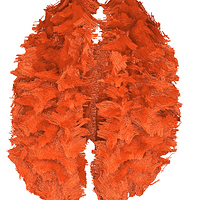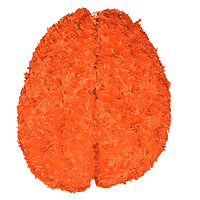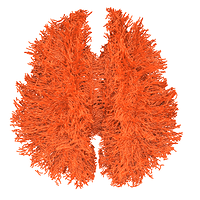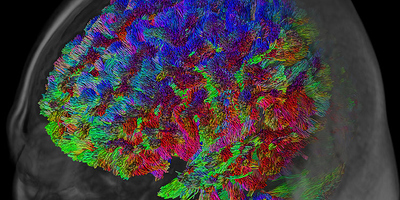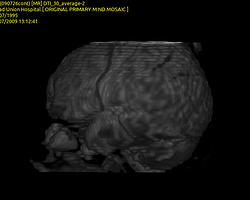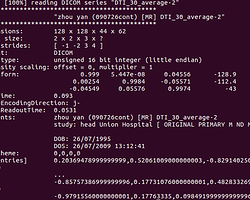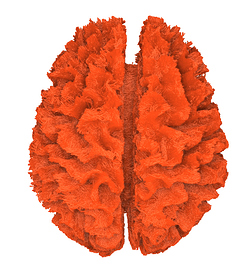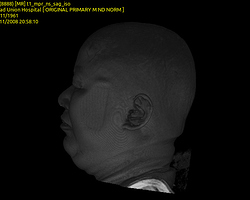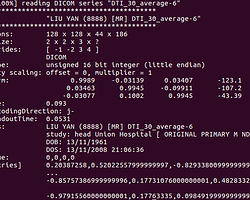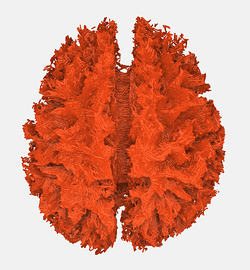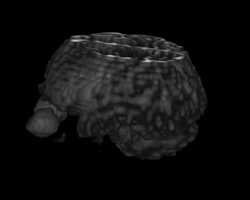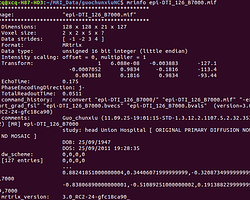Hi, Mrtrixers,
I have some questions about “tckgen” and “masks” in Mrtrix.
1. About tckgen:
The command is as shown:
`tckgen -algorithm SD_Stream HARDI_fod.mif HARDI_StreamTracking.tck -seed_grid_per_voxel HARDI_mask.nii 2 -mask HARDI_mask.nii -select 10000`
My aim is to set the desired number of streamlines to 10,000. However, it seems the option “-select” doesn’t work. The output file is extremely large. Usually, I use the option “-number”, but it seems disappeared in new version Mrtrix.
2. About “masks” in Mrtrix
I test those fiber tracking methods in two datasets and develop a visualization system to render the results.
1).
Here is an example HARDI data(without T1 image), the results should shown as Fig 1, we can see the sulcus clearly. However, when the results of the streamline tracking method are shown as Fig 2 - Fig 4. Figure 5 is streamline tracking method with the mask through FSL. It seems a bit better than Fig 2 on the top of the figure.
For Fig 1, we modify the masks hand-by-hand, slice-by-slice. For Fig 2 - Fig 4, we use the command "dwi2mask" and use FA value for terminating tracks. However, it seems not a smart way.
Fig 1:
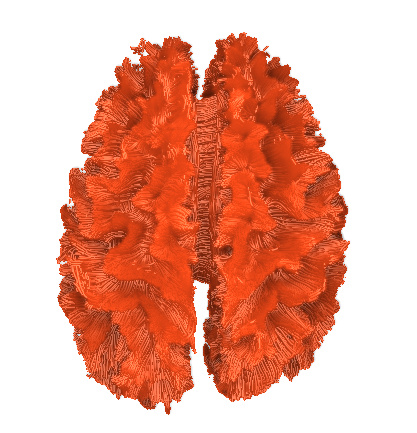
Fig 2 (default FA value)
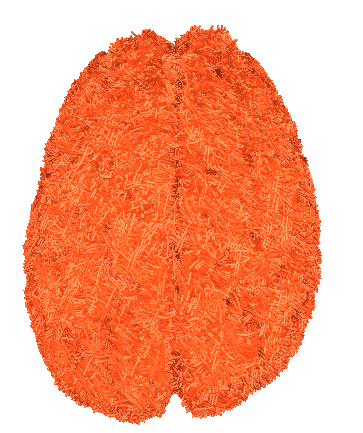
Fig 3(FA = 0.4)
Fig 4(FA = 0.3)
Fig 5(default FA, fsl_mask)
2).
I also use another DTI data (with T1 image) to test the methods.
Fig 6 is the result of Streamline tracking method, there are still some horizontal fibers at the bottom of the brain. Fig 7 is the result of Anatomically-Constrained Tractography. The fiber seems twisted compared with the other figures, but it may be correct? for ACT is a kind of probabilistic tracking method and I compared it with Fig 8, which comes from the homepage of MRtrix
Fig 6(FA = 0.25):
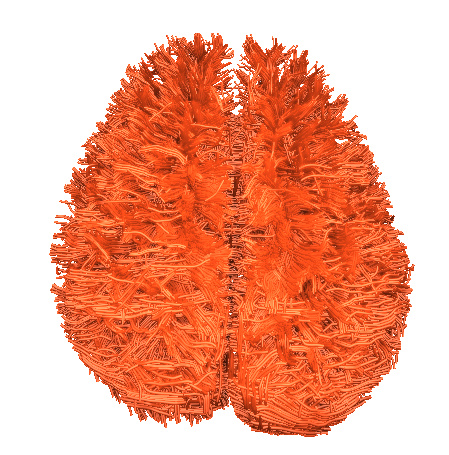
Fig 7 (ACT)
Fig 8(Come from MRtrix homepage)
Above all, I guess, the problem may list of the mask. For the current masks, they contain white matter and gray matter. when I do fiber tracking, it also goes to gray matter.
So I tried to use the mask of freesurfer, but the out put :"Error: dimension mismatch".
Can Mrtrix produce" white matter mask" with gray matter removed? I have no idea right now.
Also, I am considering about Global Tractography, it seems quite fantastic on the homepage, I’ll try it then.
Thank you for your help~. 
Chaoqing

